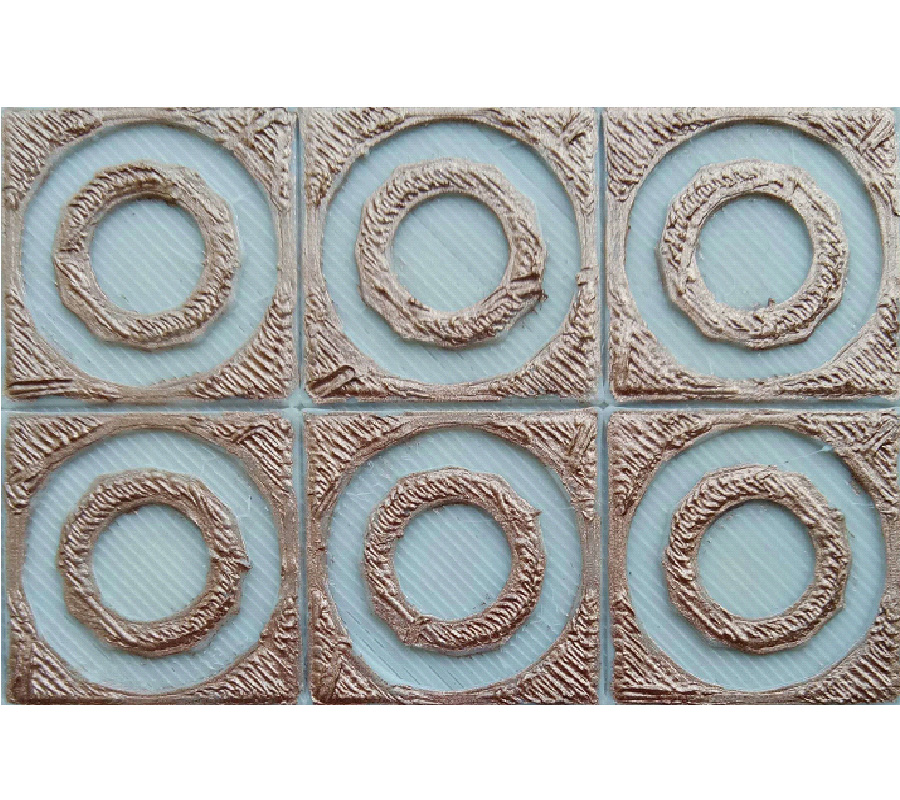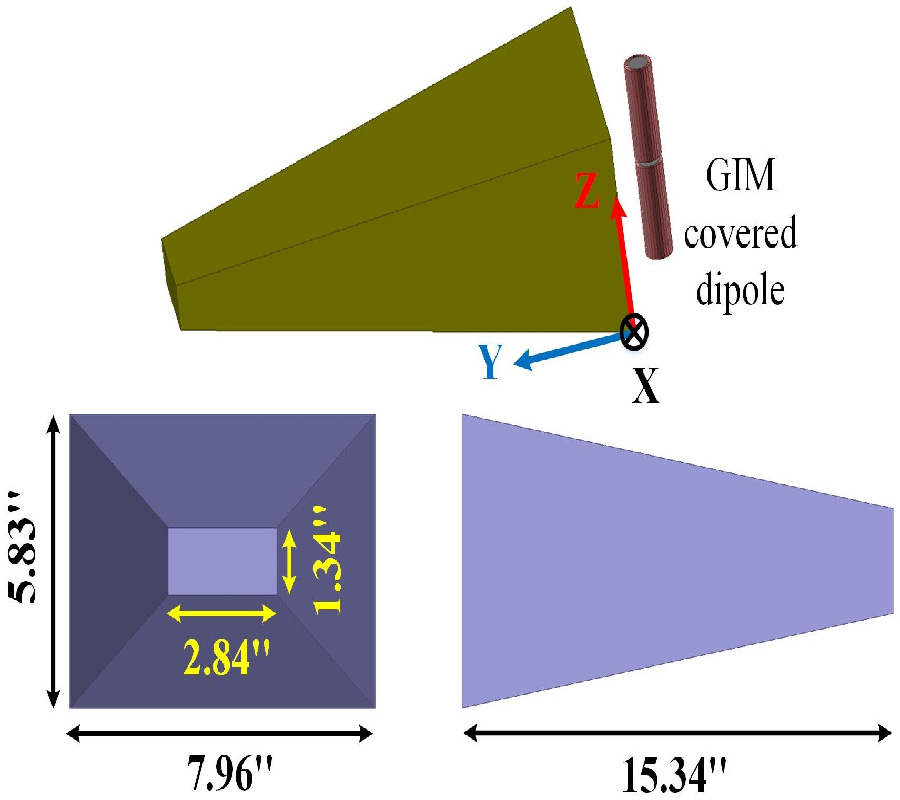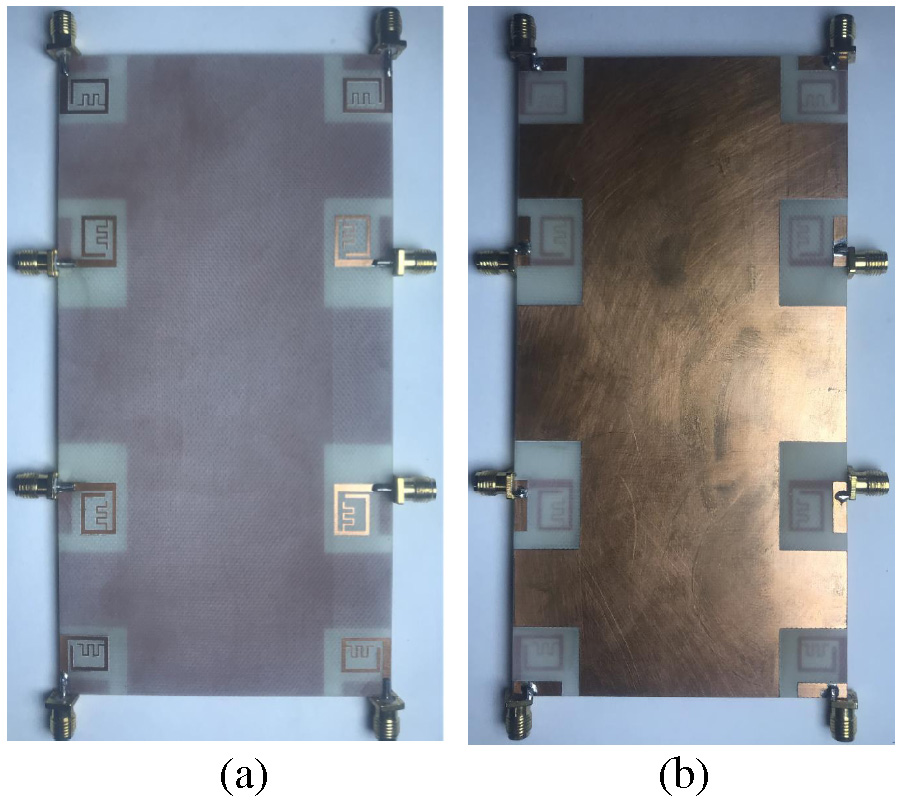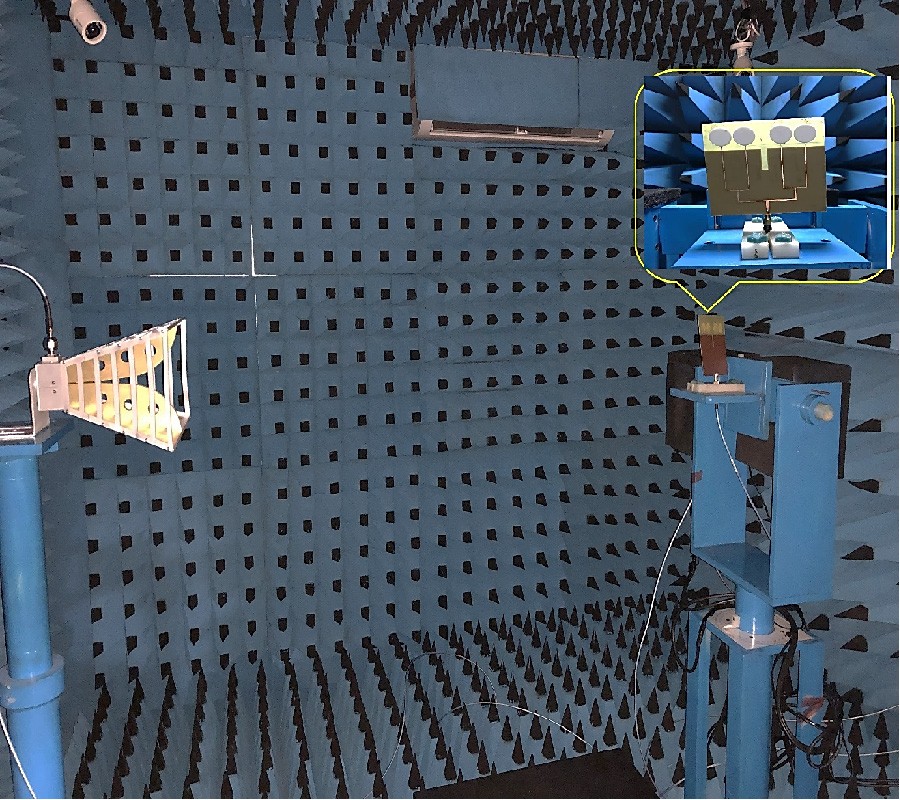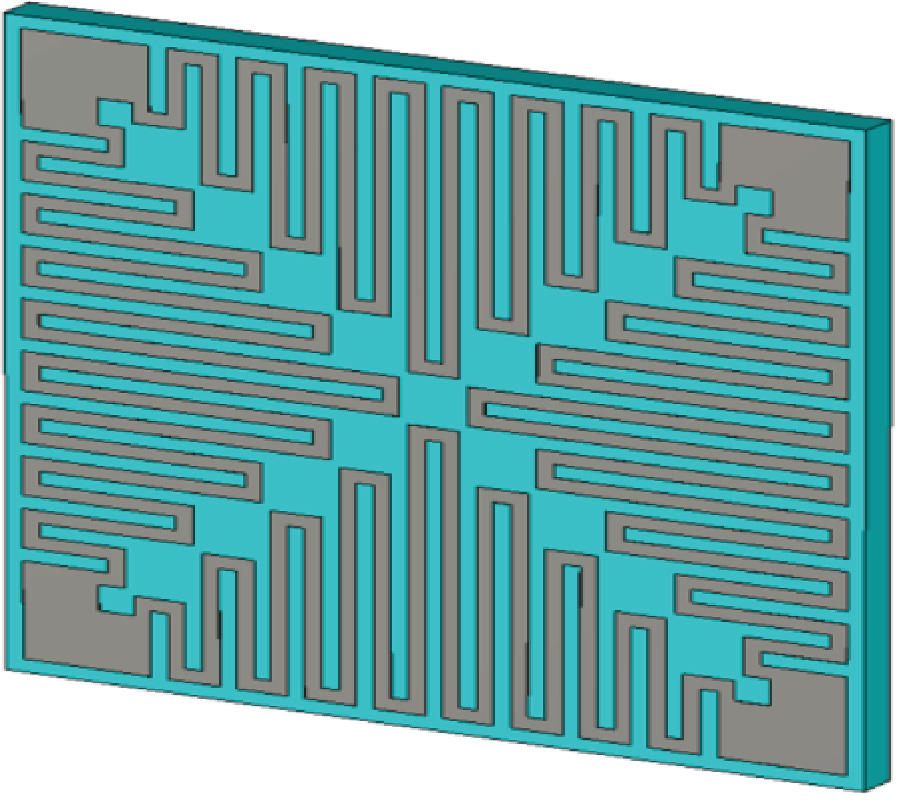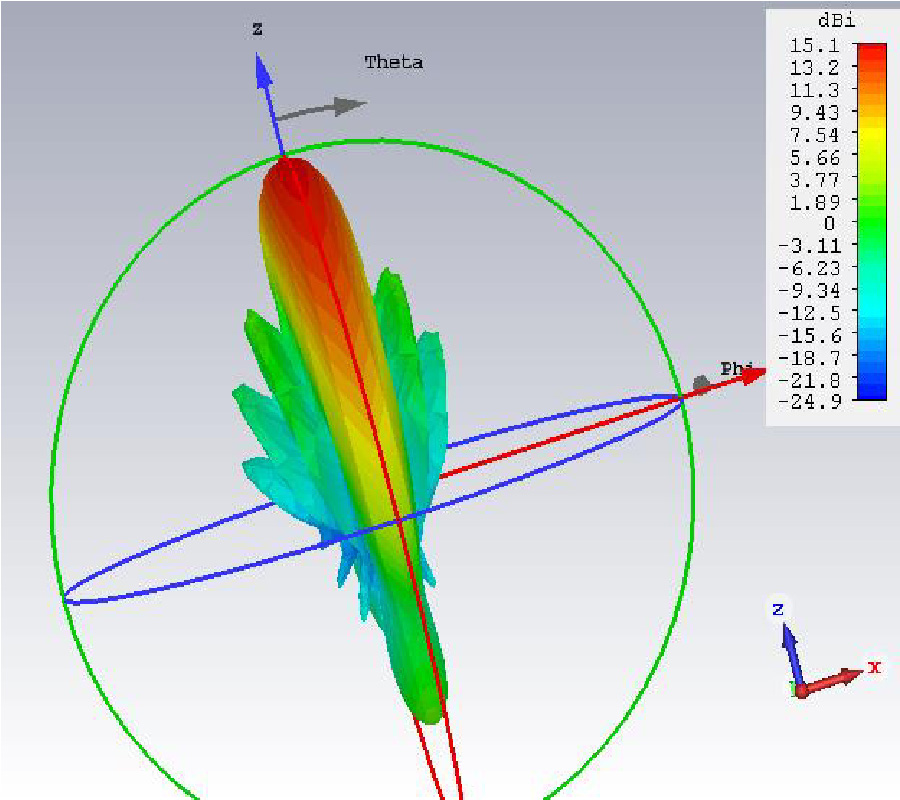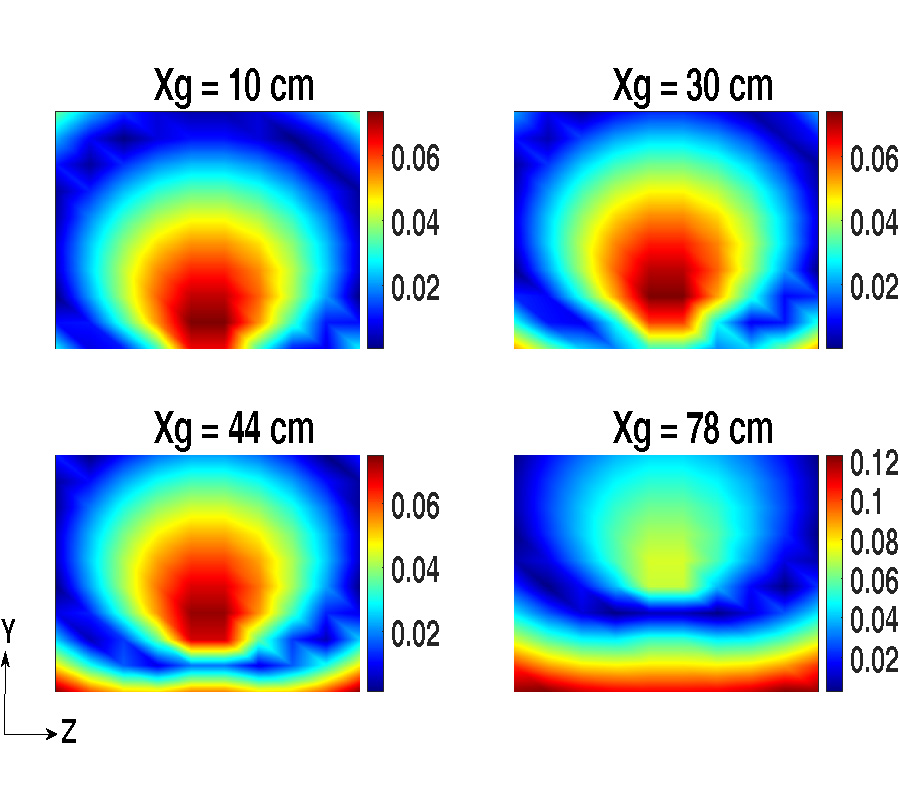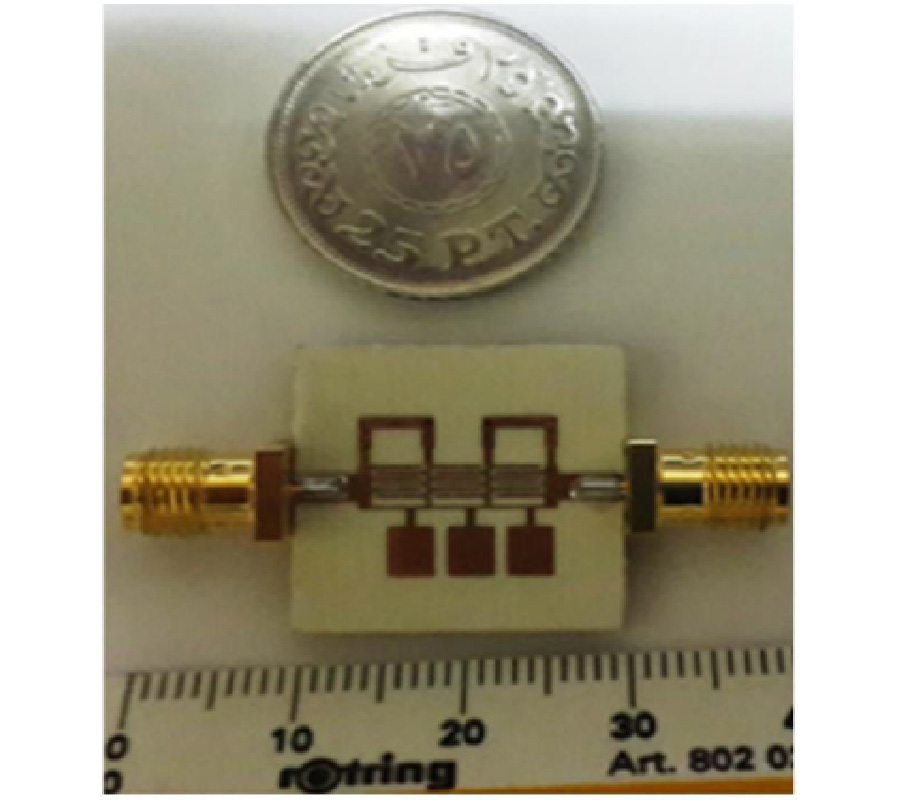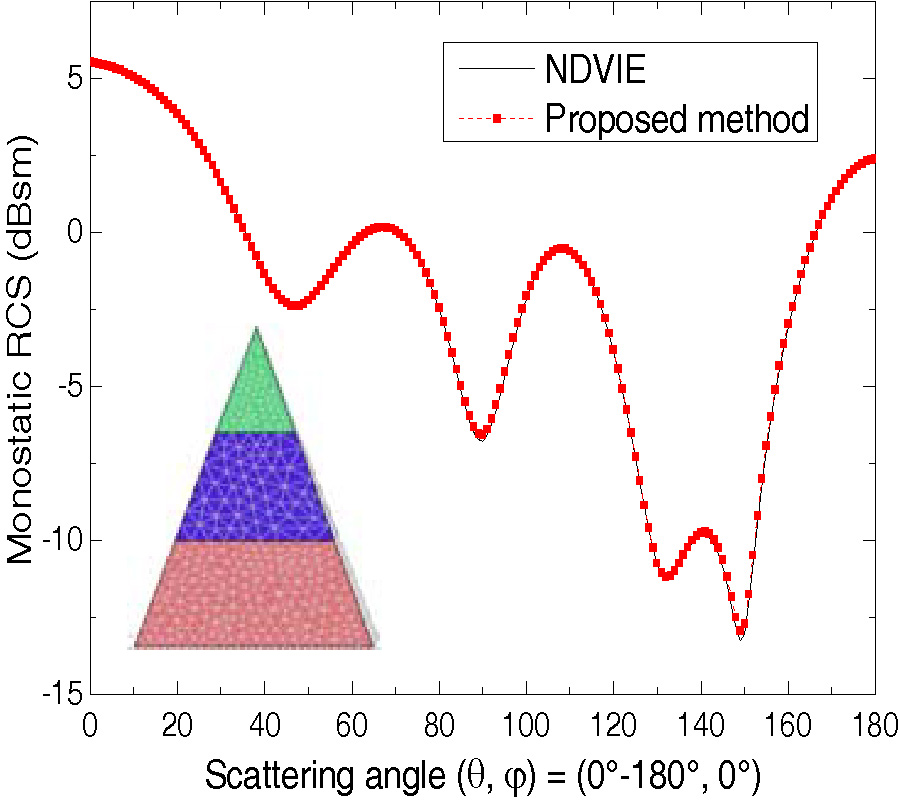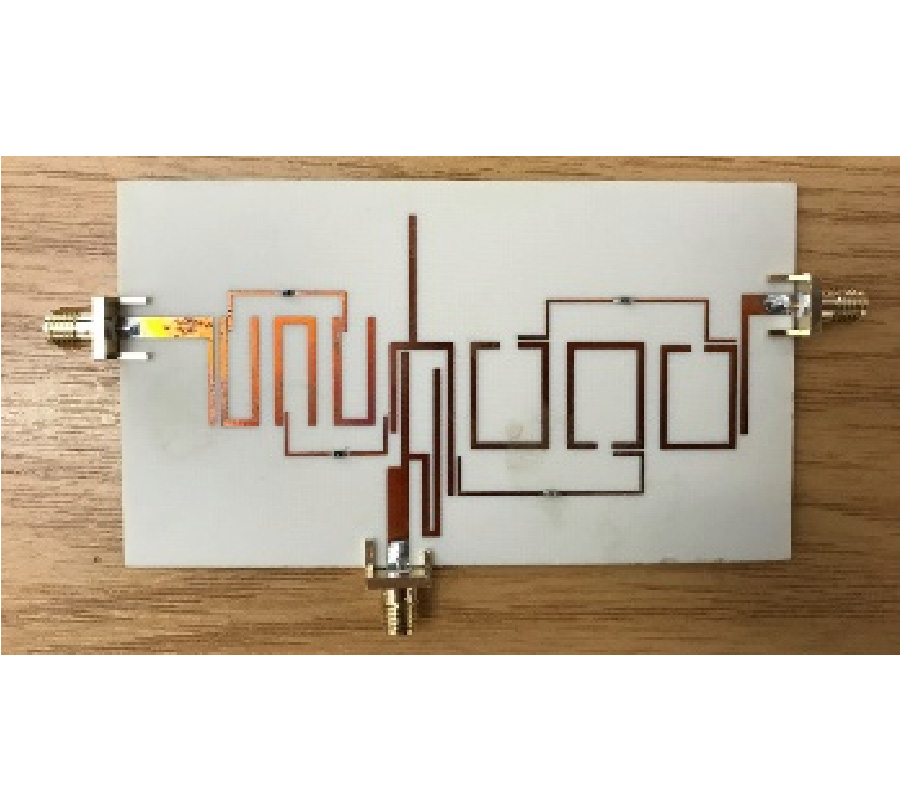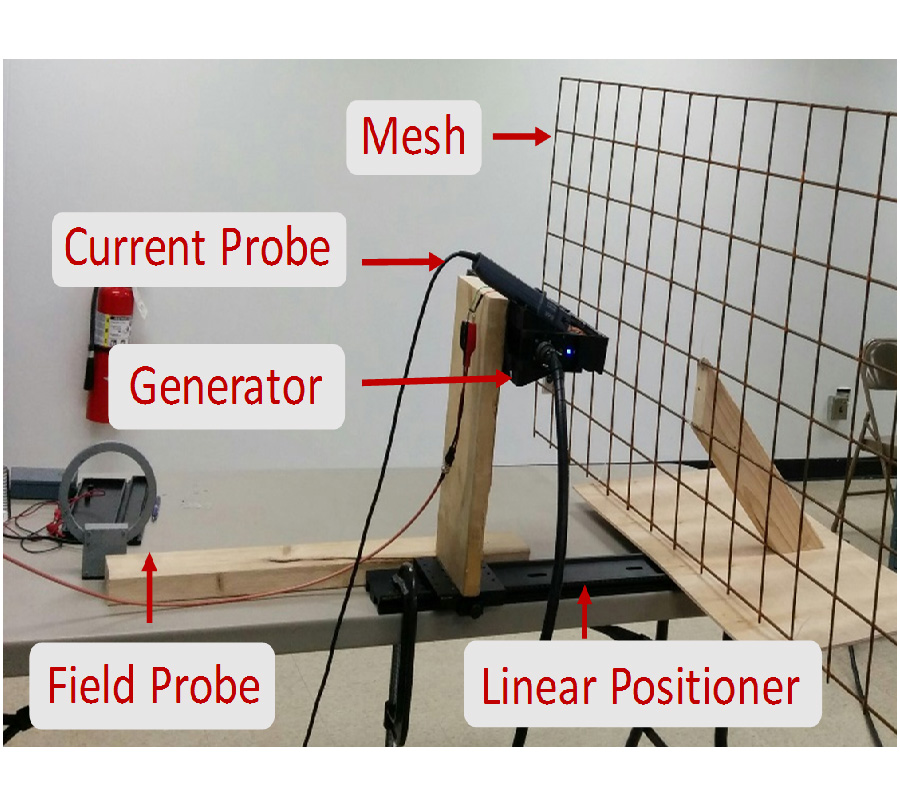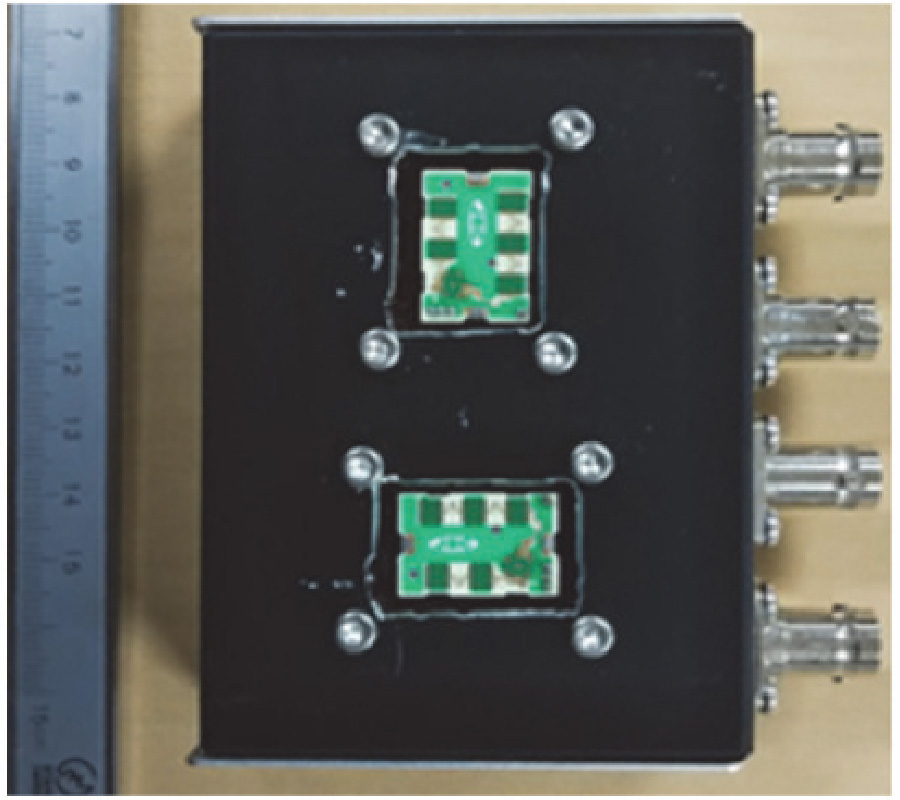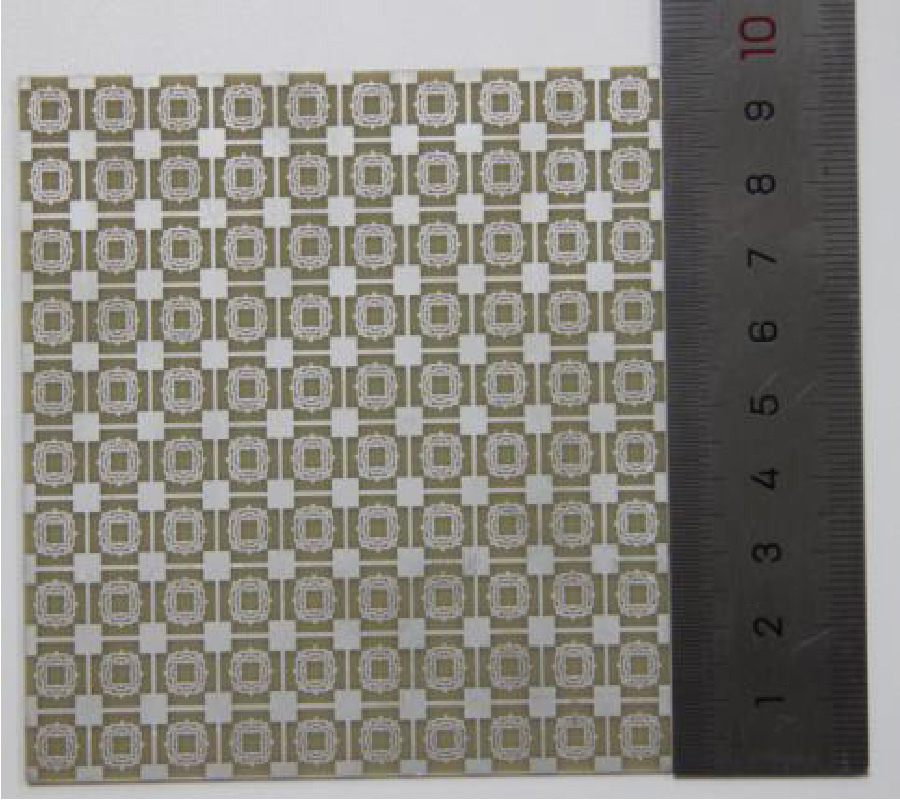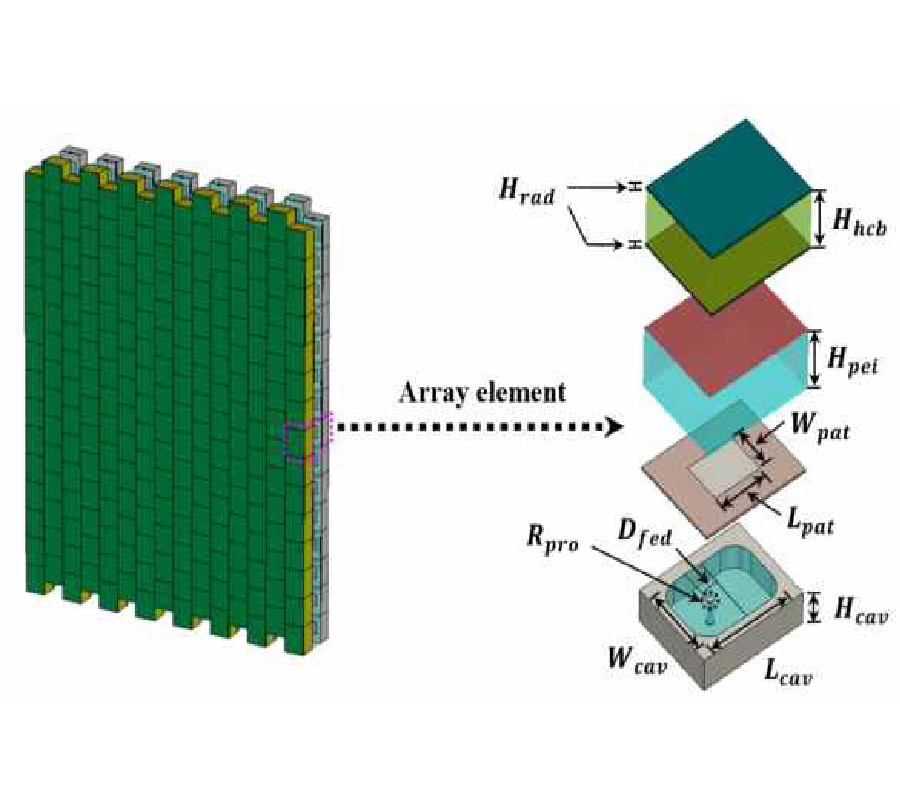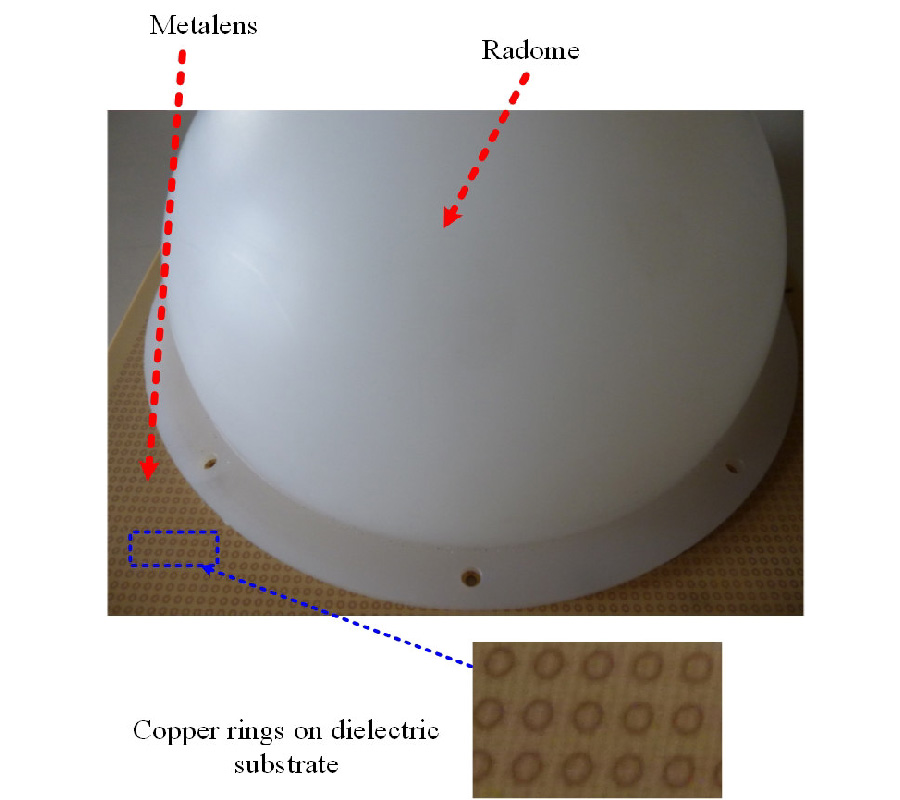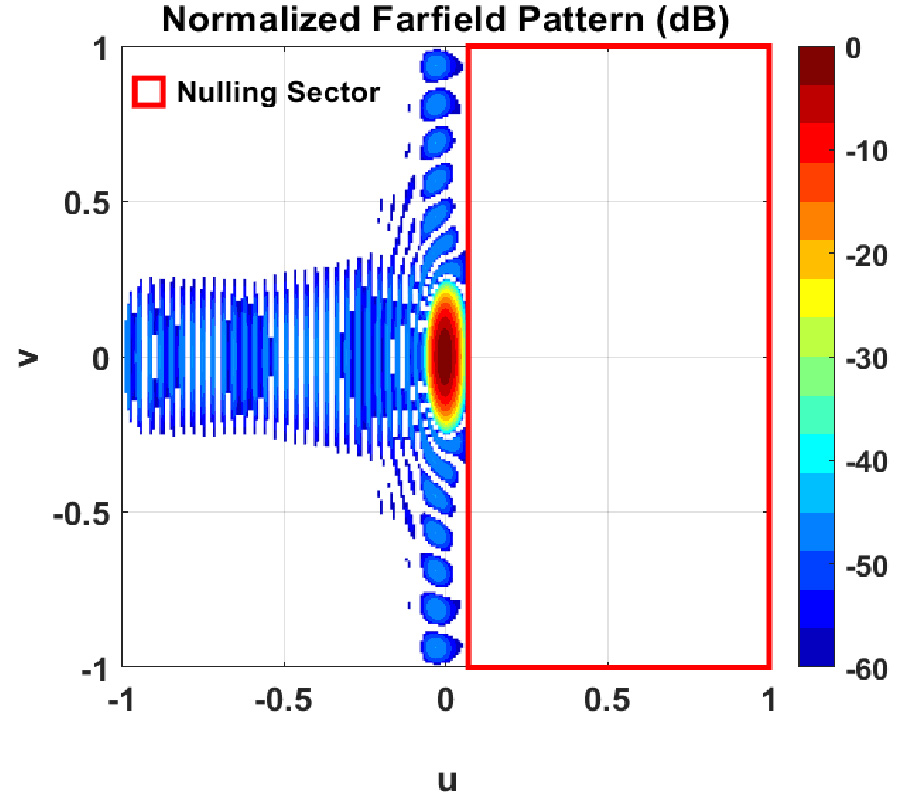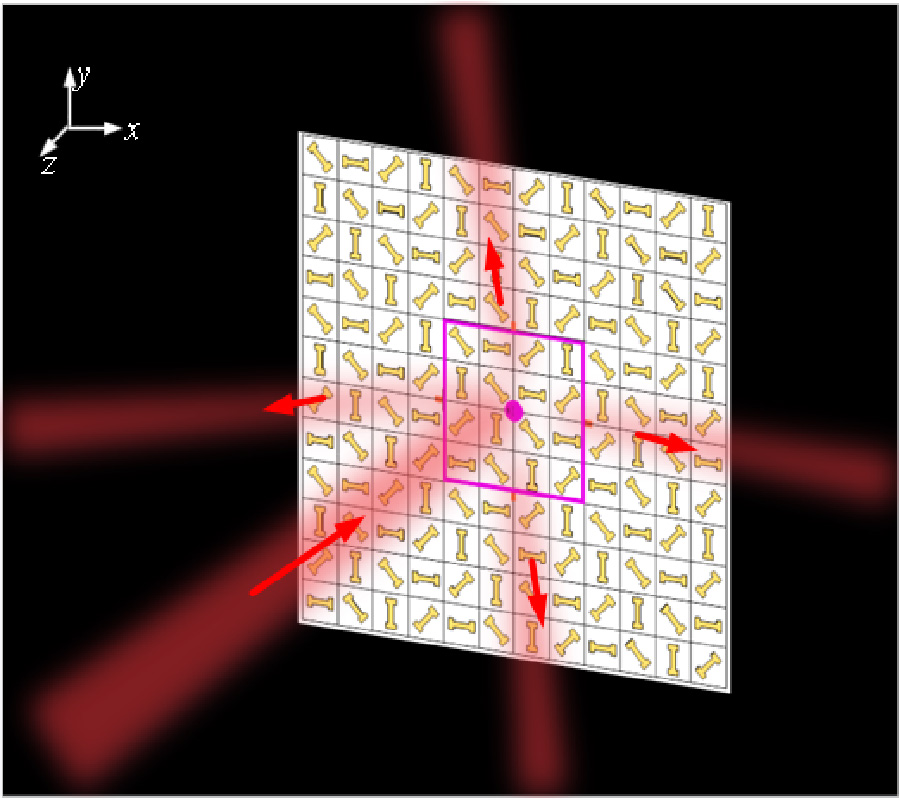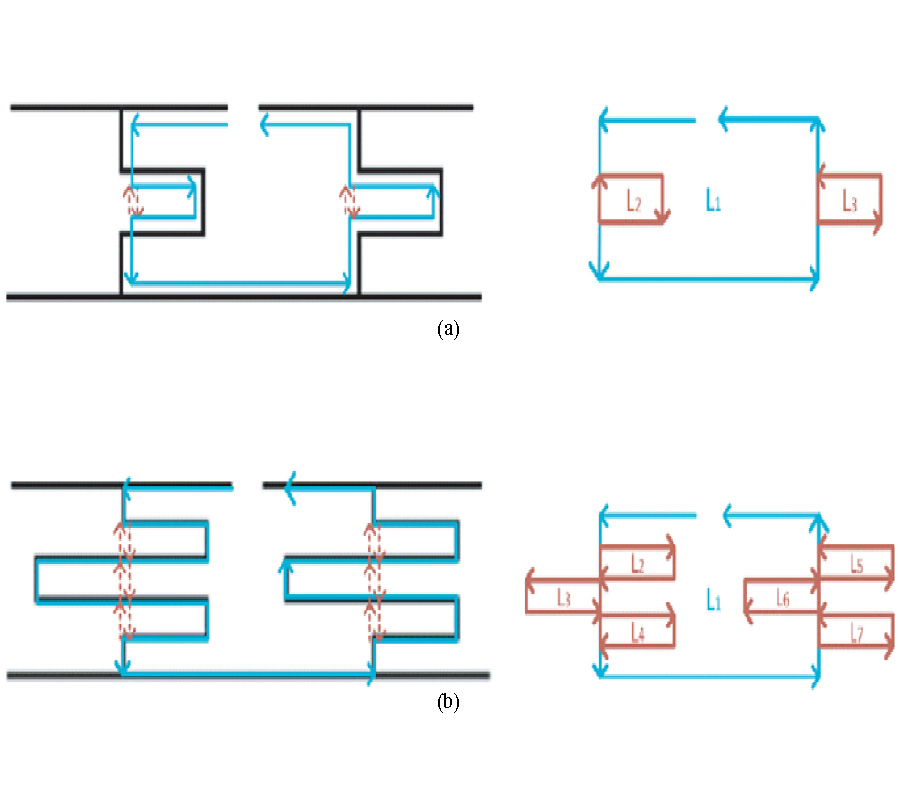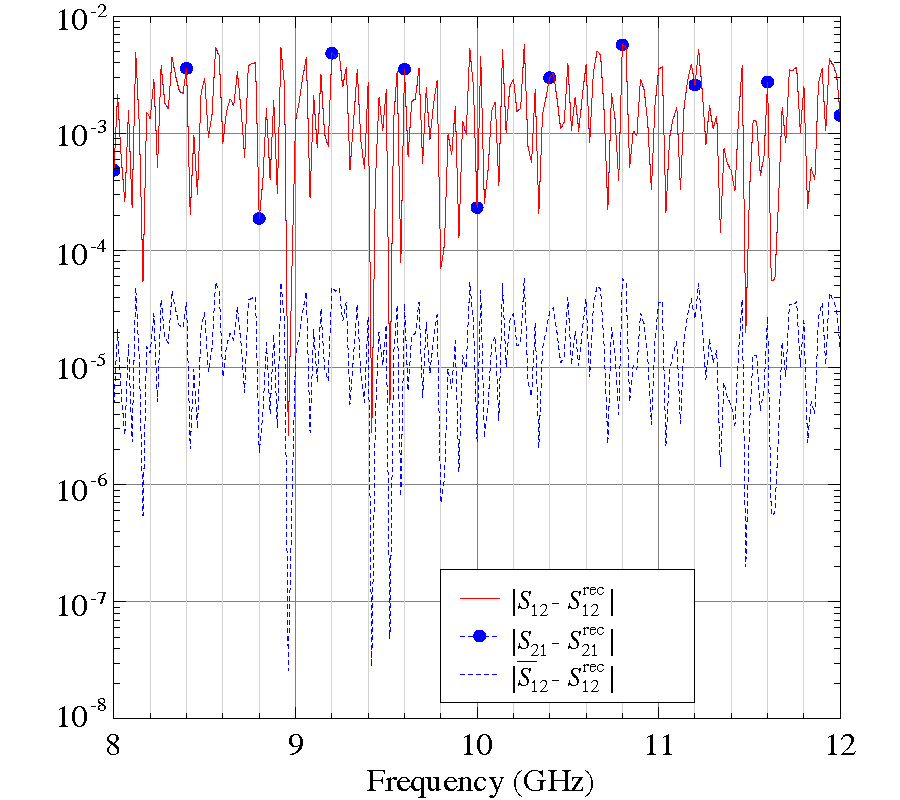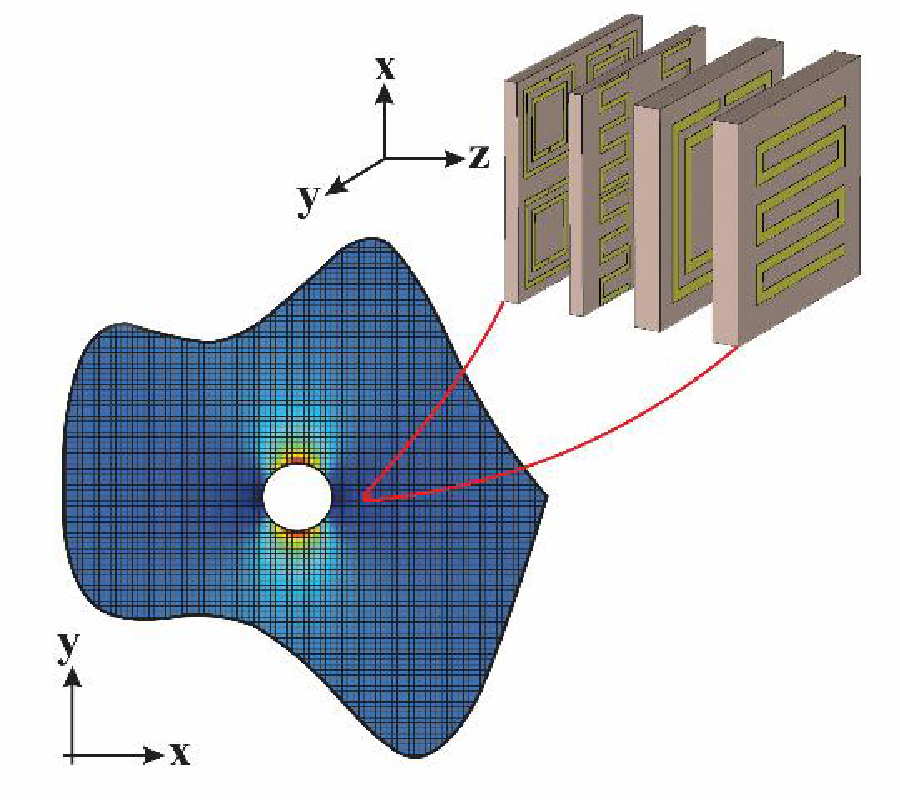Design of Adaptive Array with E-Shape Slot Radiator for Smart Antenna System
Vidya P. Kodgirwar,
Shankar B. Deosarkar and
Kalyani Joshi
This paper presents the design of an 8-element linear array for Adaptive Antenna applications using the Least Mean Square (LMS) algorithm towards improving the directive gain, beam steering capabilities, half-power beamwidth, sidelobe level, and bandwidth of array. A conventional patch antenna is optimized to operate at 3.6 GHz (5G applications) with two symmetrical slots and Quarter Wave Transformer for feeding, and this design is extended up to 8 elements using CST Microwave Studio parameterization. The Return Loss (S11), Directivity, HPBW and VSWR of the antenna array are observed for the 2, 4, and 8 element adaptive array. The inter-element spacing for resulting eight-element antenna array geometry is optimized to obtain maximum directive gain. This geometry appears promising in improving the directive gain from 7.6 dBi to 15.1 dBi for a single element to eight elements respectively. Further, the LMS algorithm is used to compute the optimal complex weights, considering different angles for the desired User (+45˚ and -45˚) and Interferer (+20˚ and -20˚) during MATLAB simulation, and then these optimal weights are fed to antenna elements using CST for beam steering in a different direction. Maximas in the direction of user and nulls in the direction of interferer are obtained using CST software and found closely matching with MATLAB results.
